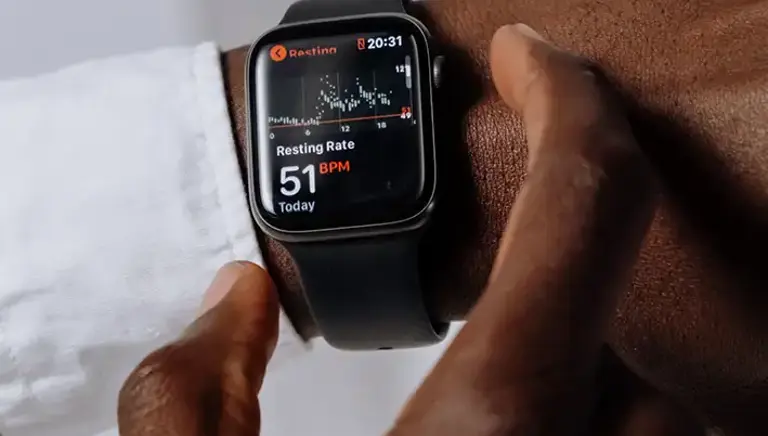Life sciences growth requires payment rates to return to internationally comparable levels
Existing and proposed medicine payment rates of a quarter to a third of UK pharmaceutical company revenue are incompatible with government ambitions to grow the sector.
In March, the government launched a consultation to raise the statutory scheme payment rate for newer branded medicines from 15.5% to 32.2% of subject companies' NHS sales in the second half of 2025 [1,2].
In its consultation response [3] published today, the ABPI has warned that the proposals for the statutory scheme, set alongside record and unpredictable rates in a similar scheme (VPAG), are undermining the government’s ambitions for the future success of the sector in the UK. If these issues are not addressed, no new strategy will be enough to secure new UK investment.
Medicine payment rates in the UK are increasingly far from internationally competitive rates. Similar clawback mechanisms in France and Germany are set at 5.7% and 7% respectively, making the existing and proposed high UK rates harmful to the UK life sciences sector, the UK economy, and to patients.
The government has already recognised that the existing VPAG repayment rates need to be addressed and has opened accelerated discussions with industry to find a solution, and addressing the statutory scheme must also be a part of any resolution.
While the ABPI and industry leaders are leaning into this process, there remain concerns that ‘business as usual’ thinking in some parts of government may fail to live up to the ambition and vision set by government ministers.
David Watson, Executive Director of Patient Access for the ABPI, said: “Ministers have made clear their ambition to fix the persistent issue of payment rates as the first step to getting the UK back to an internationally competitive position for life sciences. This consultation is a symbol of the failed approach of the past and an example of the inertia in thinking that is holding back UK growth. It is time for new ideas and a new, refreshed partnership approach between industry and government.”
The ABPI is warning that rocketing payment rates under both the statutory scheme and the associated Voluntary Scheme for Branded Medicines Pricing, Access and Growth (VPAG), are undermining government efforts to make life sciences a key pillar of its industrial strategy.
The UK invests a smaller share of its overall healthcare costs on medicines than any comparable country. Just 9% of the UK’s overall healthcare spending is on medicines, compared to 17% in Germany and Italy and 15% in France [4].
According to the King’s Fund, the UK tends to have much poorer health outcomes than its peers, coming 16th and 18th, respectively for preventable and treatable causes of mortality, those for which there tend to be medicines, in a basket of 19 comparable countries [5].
Over the past decade, growth in the UK branded medicine market has been capped at between 1.1% (2014-2018) and 2% (2019-2023) per year. After accounting for inflation, this growth has declined by over a tenth (11%). In the same period, the NHS budget grew by a third in real terms (33%). [6,7]
The result of limiting government expenditure on branded medicines at levels far below NHS need has led to long-term disinvestment in medicines, while the costs to industry have increased exponentially. Most recently, this has been exacerbated by a rapid expansion of NHS spending, without any corresponding increase to allowed spending on medicine.
- Access
- Medicines sales
- Pricing
- Statutory Scheme
- Value
- Voluntary Scheme
Last modified: 08 May 2025
Last reviewed: 08 May 2025

